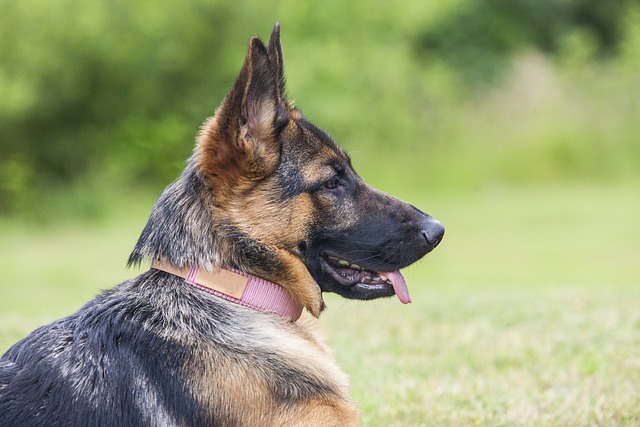
How can I tell if my dog's heatstroke is serious
Let’s be real: It’s a sticky August morning in Los Angeles, and you took your 2-year-old Golden Retriever, Max, for a walk a little later than usual
I get it – as a new dog parent, you’ve probably stood in the pet aisle staring at frozen treats, wondering: are these actually good for my pup, or just another marketing gimmick? With so much conflicting info online, it’s hard to know what’s safe, let alone beneficial. Let’s cut through the noise: frozen treats can be a fantastic addition to your dog’s routine, but like anything, it’s all about how you use them.
First, why frozen treats work. Dogs aren’t just cooling down when they chomp on a cold snack – they’re satisfying natural instincts. In the wild, canines seek out fresh, cool food, and that drive stays strong in our couch-loving pups. On hot days, frozen treats lower their internal temperature from the inside, which is way more effective than just panting when the air’s sweltering. My neighbor in Dallas learned this the hard way with her Corgi, Biscuit – before frozen treats, Biscuit would lie listless in the AC; now, she’s up and playful, thanks to frozen blueberry yogurt cubes that keep her cool and happy.
Let’s talk safety and simplicity. The best frozen treats are homemade because you control the ingredients. Skip store-bought versions with added sugars or mystery preservatives – stick to plain yogurt (no sweeteners!), mashed pumpkin, or dog-safe fruits like strawberries. My Boston terrier, Milo, goes crazy for “pumpkin pops” – ½ cup canned pumpkin mixed with a splash of water, frozen in silicone molds. Pro tip: avoid xylitol (found in some peanut butters) – it’s toxic to dogs. Keep portions small, too – think ice cube-sized – to prevent upset tummies, especially if your pup isn’t used to cold foods.

Frozen treats also shine in positive training. Instead of scolding when Milo gets hyper, I use a frozen treat as a reward for “settle” – he learns that calm behavior gets him something yummy, which builds trust way better than yelling. This aligns with the widely accepted training philosophy in the U.S.: positive reinforcement creates confident, happy dogs, while punishment can lead to fear or aggression. It’s not just nicer – it works better, too.
Now, let’s cover the must-dos for responsible pet ownership. Rabies vaccines aren’t optional – every U.S. state requires them, and cities like Chicago even ask for proof before letting your dog into public parks. Always carry biodegradable poop bags (fines for skipping this start at $50 in most areas) – good manners make you and your pup welcome in the community. When using treats at the park, clean up any crumbs – just like you’d pick up their waste.
Apartment dwellers, note this: freeze treats in covered containers to avoid freezer smells seeping into your groceries. Opt for non-staining ingredients (no beetroot!) to keep your landlord happy, and adjust meal portions to account for treat calories – nobody wants a pudgy pup.
So yes, frozen treats are good for dogs – when made safely, used in moderation, and paired with positive training. They cool your pup, keep them busy, and strengthen your bond. What’s not to love?

Let’s be real: It’s a sticky August morning in Los Angeles, and you took your 2-year-old Golden Retriever, Max, for a walk a little later than usual

You're enjoying a summer afternoon at the park when you notice your dog has stopped panting and appears disoriented - their gums are bright red

Let’s paint the picture: You’re in your Denver apartment, watching your 4-year-old Boston Terrier, Ruby, plop down mid-play session with her favorite toy

Many dog owners notice their pets nails seem shorter after regular walks,but how much does this daily activity actually help?The answer depends on where you walk—concrete sidewalks or asphalt streets gently file nails as a dog's paws hit the ground

Most dog owners notice their pup scooting across the carpet at some point, but few connect it to impacted anal glands. These small sacs near a dog’s rectum secrete a scent for marking territory

Most vets agree that regular dog teeth cleaning is key to avoiding painful dental issues later. For healthy adult dogs, a professional cleaning at the vet’s office every 12 to 18 months usually works well.